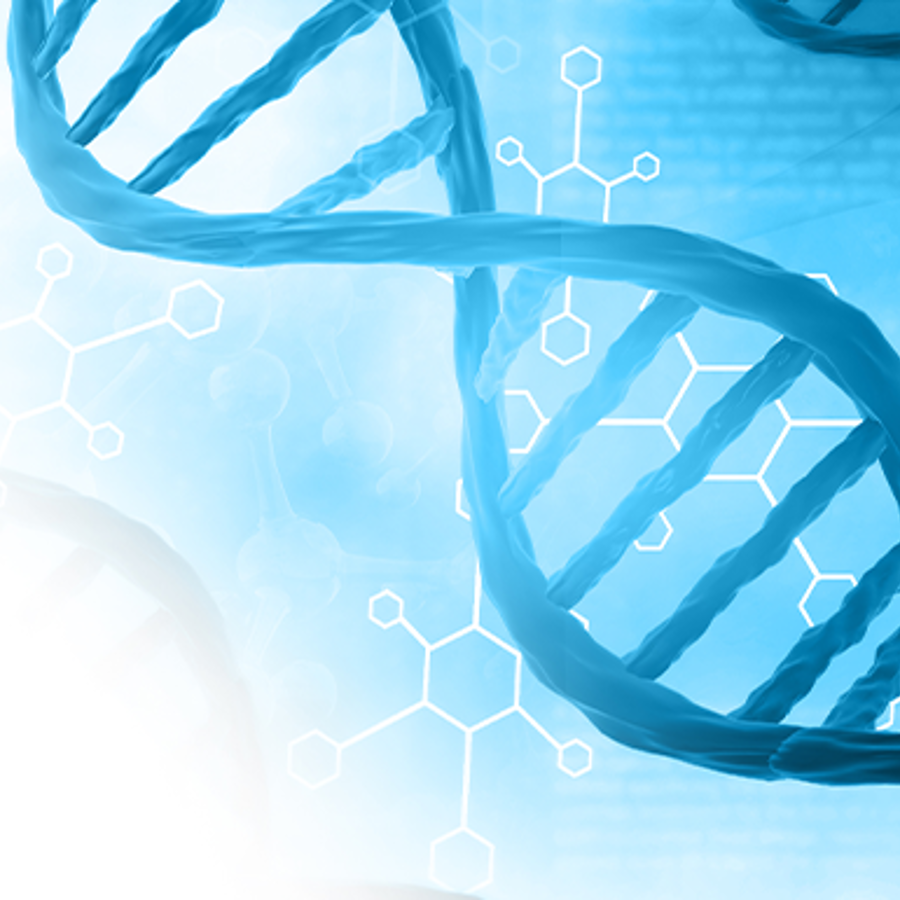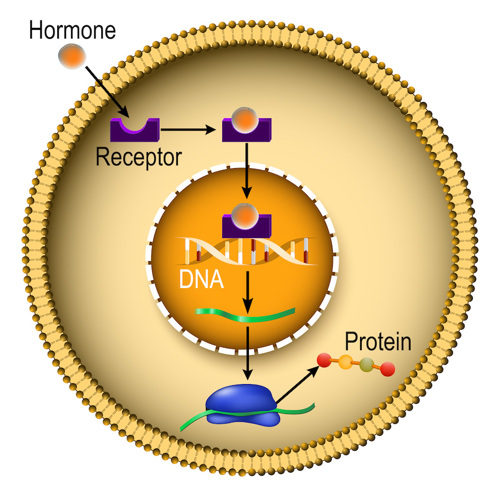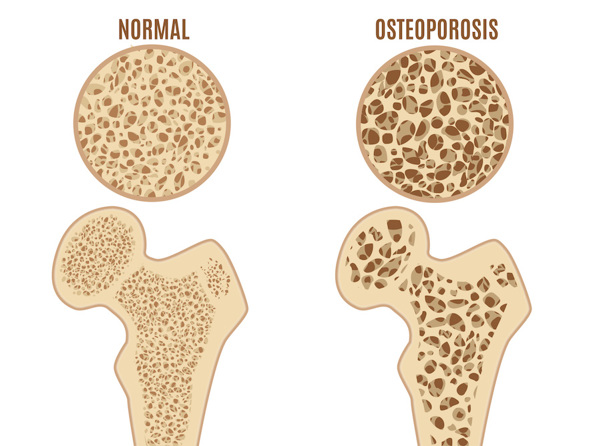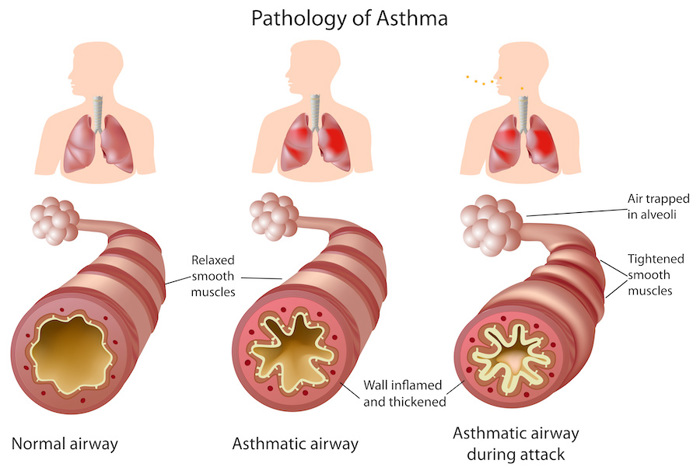
What do hormones have to do with gene regulation?
November 8, 2022

- Related Topics:
- Environmental influence,
- Complex traits
A curious adult from the US asks:
“What do hormones have to do with gene activation?”
Hormones are chemical messengers that allow different parts of our bodies to communicate. They are often released in response to a signal from our environment that our body needs to respond to.
When a cell detects a message in the form of a hormone, it changes its activities based on that particular message. One of the ways cells change their activities is by adjusting which genes are on or off.

All of our cells contain all of our genes*, but not all of our genes are turned on all the time in every cell. This is why an eye cell and a lung cell can contain the same genes, but look and act very differently!
Genes can also differ in how much they are turned on. You can think of this like a thermostat rather than an “on-off” switch. Sometimes, genes are only on at a low level, so only small amounts of their proteins are made. Other times, genes are on at a very high level, so lots of their proteins are made. It all depends on what the cell needs to do based on what type of cell it is, and what conditions it has to respond to.
This ability to adjust how much a gene is expressed allows our bodies to respond to environmental changes and maintain balance as we go about our day. Our cells have many ways to regulate gene expression, and one of these is by responding to hormones.
Hormones play a major role in gene regulation
There are many different types of hormones that affect gene expression in a wide variety of ways. As we start exploring how hormones interact with our genes, let’s start with two hormones we hear about a lot: insulin and estrogen.
After we eat food, our blood sugar rises. When this happens, insulin is released as a signal to our cells that there is plenty of fuel available. When our liver cells detect insulin, they stop producing their own sugar and start taking in more sugar from our blood.
How does insulin regulate sugar intake versus production in these cells? It triggers the cells to temporarily turn off the genes involved in producing sugar. In fact, scientists have found that cells change the expression of at least 150 genes in response to insulin.1
150 genes may sound like a lot, but other hormones change the expression of even more genes than that!
For example, estrogen regulates hundreds of genes in a wide range of cells. Because of this, estrogen affects the expression of genes related to many different functions.
One of these functions is maintaining bone health. When levels of estrogen decrease, bones can start developing lots of holes and break more easily.

This becomes particularly relevant as women go through menopause, which involves a major decrease in estrogen levels. When this happens, bone cells stop functioning properly and bones get weaker. Eventually, this can lead to osteoporosis.
Why does this happen? Estrogen is a signal that bone cells need in order to work properly. When these cells detect estrogen, they increase expression of genes impacting how the cell uses fuel and generates energy.2 This helps these cells mature and promote bone maintenance.
Not all of estrogen’s impacts on gene expression promote our health though. It’s estimated that about 80% of breast cancers have estrogen receptors (typically referred to as “ER-Positive” breast cancer). When these receptors detect estrogen, they increase expression of genes involved in growth. These include genes like CCND1 and CDC6, which are involved in the process by which cells replicate their DNA and divide to produce more cells.
Estrogen can also help cancer cells live longer and keep dividing to become more cells. This is because estrogen increases expression of genes that inhibit cell death (like BIRC5), and it decreases expression of genes that promote cell death (like CCNG2).3
Manipulating hormones to control genes
Because a single hormone can have such powerful effects on gene expression in cells throughout our body, some medical conditions are treated by manipulating hormones.
For example, tamoxifen is a drug used to treat patients with breast cancer cells that have estrogen receptors. A moment ago, we saw that when these ER-positive cancer cells detect estrogen through their receptors, they express genes that help them stay alive and keep dividing into more cells. Tamoxifen works by preventing estrogen from binding to these receptors. This helps prevent breast cancer from coming back after surgeries to remove the cancer cells.
While some treatments prevent hormones from interacting with our cells, others intentionally provide more hormones!
Diseases like asthma and severe allergies involve overactive immune responses. In these conditions, the immune cells express genes for proteins that cause swelling, leading to tightness in airways and other unpleasant symptoms.

How can hormones be used to help relieve these symptoms? There is a group of hormones called glucocorticoids, which cause immune cells to stop expressing genes related to inflammation. Dexamethasone is one of these glucocorticoids, and it is often used for severe asthma or allergic reactions. Shortly after someone takes dexamethasone, they can start experiencing some relief as the immune cells produce less of the inflammatory proteins causing their symptoms.
Dexamethasone is not necessarily something people with asthma or allergies would take every day though. We’ve looked at many examples of the complicated and powerful ways hormones can impact gene activity, and a common theme is that a single hormone can have many different effects. When a hormone is being used as a treatment, this wide range of effects can include side effects.
There is a plus side to hormone treatments having a wide range of effects though! Because hormones can affect gene activity in many types of cells, a single hormone can be used to treat a wide range of conditions. In addition to treating allergies and asthma, dexamethasone can also be used to treat eye conditions, stomach conditions, and even conditions related to other hormones!
*Red blood cells actually don’t contain genes like other cells do
Read More:
- Society for Endocrinology: Hormones
- Khan Academy: Overview of Eukaryotic Gene Regulation
- Hormone Therapy and Cancer

Author: Ruth Schade
When this answer was published in 2022, Ruth was a Ph.D. candidate in the Department of Microbiology & Immunology, studying what makes some macrophages more permissive for intracellular Typhoid replication than others in Denise Monack's laboratory. She wrote this answer while participating in the Stanford at The Tech program.
 Skip Navigation
Skip Navigation
